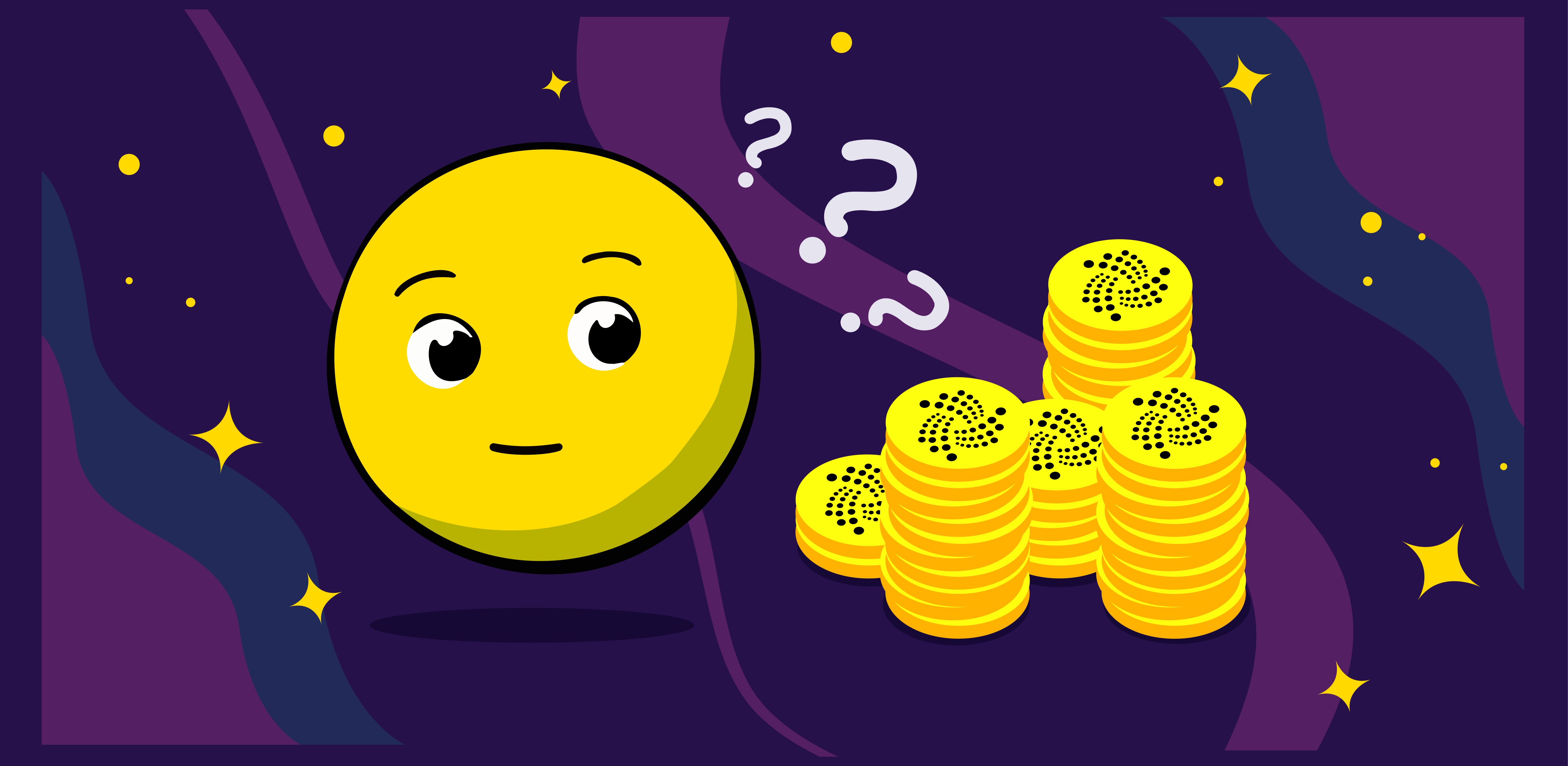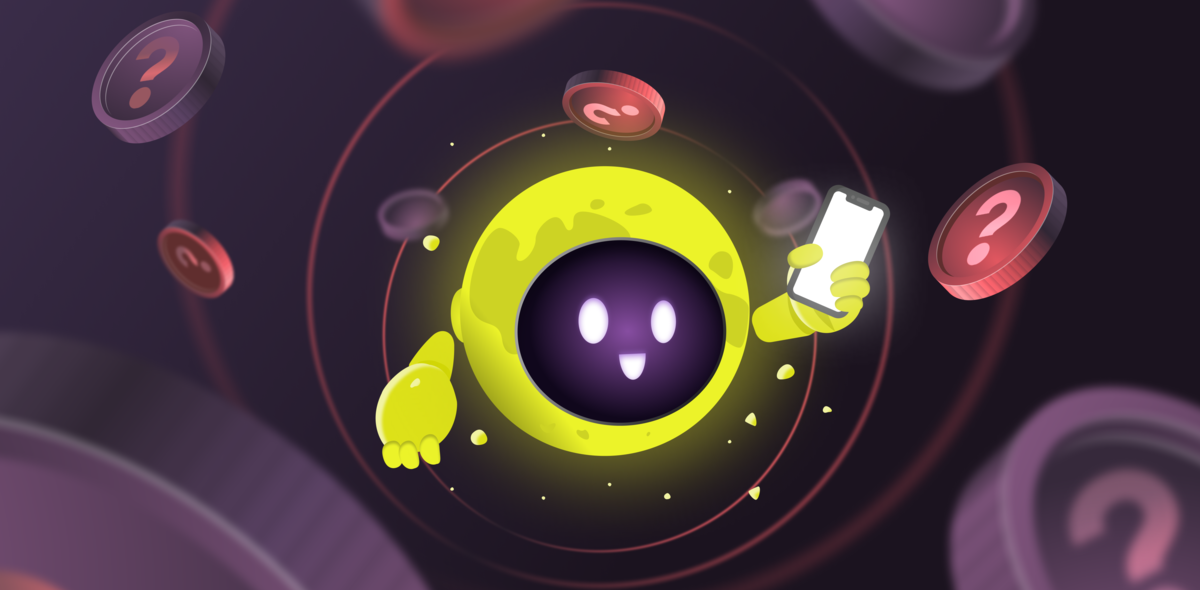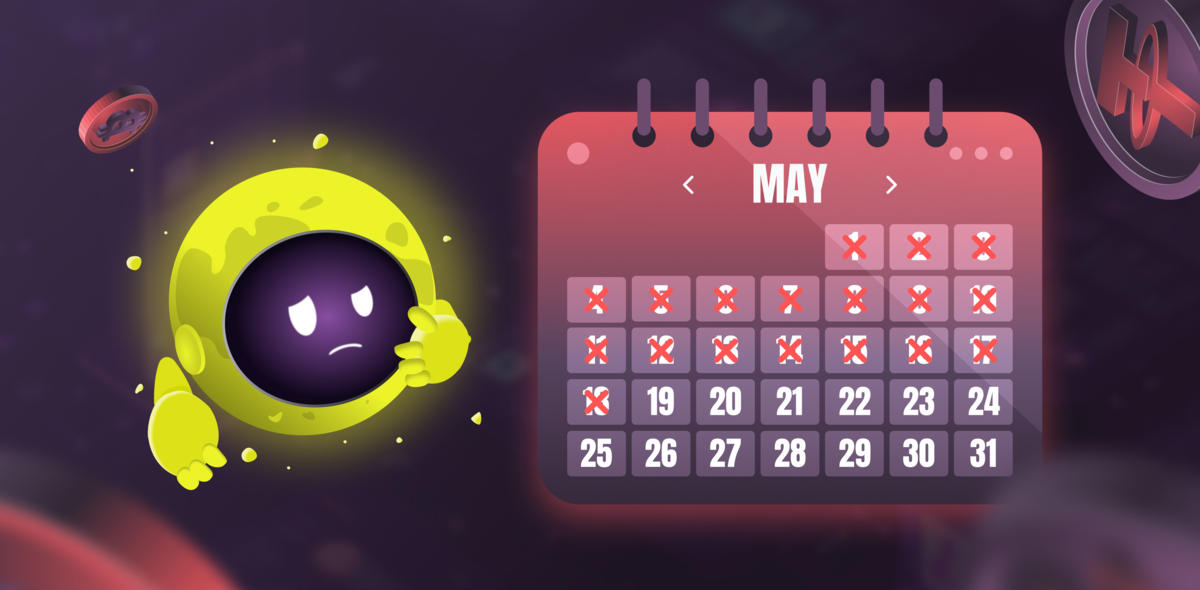
What is IOTA?
IOTA is a digital platform and a cryptocurrency designed to support and drive a new collaborative economy between computers, users, and resources. It positions itself as a project created for the basis of a decentralized Internet of Things, hence the abbreviation IoT. All powered devices controlled via the Internet are the elements of the IoT. In many cases, it also ensures automatic interaction without the direct participation of the owner. The developers say that all devices within the network must effectively share and distribute resources to minimize the energy wasted. IoT may lead to another technological revolution, by automating many processes, and by making them more reliable. The technology is also promising in terms of attractive growth dynamics for investors.
How does IOTA work?
IOTA operates on a technology called "Tangle", which is presented as a revolutionary alternative to traditional Blockchains. Tangle is a decentralized and self-regulated P2P network that does not require blocks or mining processes and/or user verification. Thanks to this method, the system is capable of settling an unlimited number of transactions without any charge, exchanging exact amounts of resources on-demand, and storing data in a secure and verified manner. These technical advances, therefore, increase the speed of transaction times and security measures for hacks and thefts, of both coins and data. IOTA's software does not work using Bitcoin's Blockchain technology, but rather through a new data architecture called “Tangle”: a protocol that processes transactions in parallel using a DAG (Directed Acyclic Graph). The Tangle differs from the Blockchains mainly because it carries out a greater number of transactions in less time, with security guarantees and without commissions. The algorithm it uses is the MCMC that samples non-validated movements through a process defined by Tangle, with the aim of achieving a balanced distribution of validation. On the other hand, Tangle is programmed in ternary code (deviation from traditional binary code), much more efficient than binary and capable of providing significant improvements to system functionality. Regarding mining, it is worth mentioning that IOTA's structure does not require miners or mining fees. A transaction is validated by another user, who in turn makes a transaction, thus generating a graph. In this way, validating a transaction also validates previous transactions. For all this process to take place, the IOTA coin designers executed a "genesis" transaction during the first phase of system development; an initial and automatic transaction, considered neutral and "correct by definition" that did not need to be validated. The platform provides its users with fast transactions. Another pleasant feature is the lack of commission, which can be helpful if a user operates with large numbers of tokens. It also has infinite scalability and fixed money supply.
Advantages and disadvantages of IOTA crypto
+ IOTA cryptocurrency is a pioneer in its field and will continue to be in demand since it's decentralized and independent. The Internet of things market is growing and growing every year, in proportion to the emergence and implementation of new technologies. Statistics indicate that the number of "things" connected to the Internet will exceed the number of computers and smartphones and its cost can reach more than $1 trillion. This also includes smart lighting, air conditioning systems, and even whole systems for monitoring communal resources. Many commercial organizations want to apply IoT technology in the areas of logistics, production, utility costs control and they invest in hardware, software, services, and communications networks.
- The network is not yet large enough and stable so it is only a matter of time. Many crypto experts are skeptical about the viability of the project. The simultaneous introduction of so many new technologies makes one doubt the reliability of the final result. It's hard to predict how it will manifest itself on a large scale and in serious attacks. Lack of proper testing and expert evaluation is the main argument of those who doubt IOTA coin.
Where to buy IOTA?
The main places to exchange MIOTA are Bitfinex and Binance. IOTA coin can be bought and exchanged for fiat money or other cryptocurrencies: USDT, BCH, OKB. IOTA to BTC, IOTA to ETH, IOTA to EUR, and IOTA to USD are the most common pairs for exchanging this cryptocurrency. You can also get IOTA on the SwapSpace cryptocurrency exchange aggregator, which is a quick and easy way to obtain the required amount of IOTA.
How to exchange IOTA on SwapSpace?
- On SwapSpace homepage, select IOTA in “You send” section and the cryptocurrency you would like to receive in “You get” section. Enter the amount of IOTA crypto you want to exchange.
- Choose the instant exchange service that suits you most.
- Specify the recipient address and check if all the data is correct.
- Send your IOTA coins to the address you will see on the screen.
- Wait until the exchange is complete.
Where to store IOTA coin?
If you are a beginner, have a look at GUI IOTA Light Wallet and Nostalgia IOTA Light Wallet since they ate the easiest to use. When considering long-term storage, cold IOTA wallets are suitable for these tasks. In the case of IOTA, at the moment the main project in this direction is the Trinity Wallet. Trinity Wallet is available on Windows, Mac, and Linux, as well as iOS and Android. You can also use Ledger Nano S and Nano X for keeping your IOTA tokens safe.




